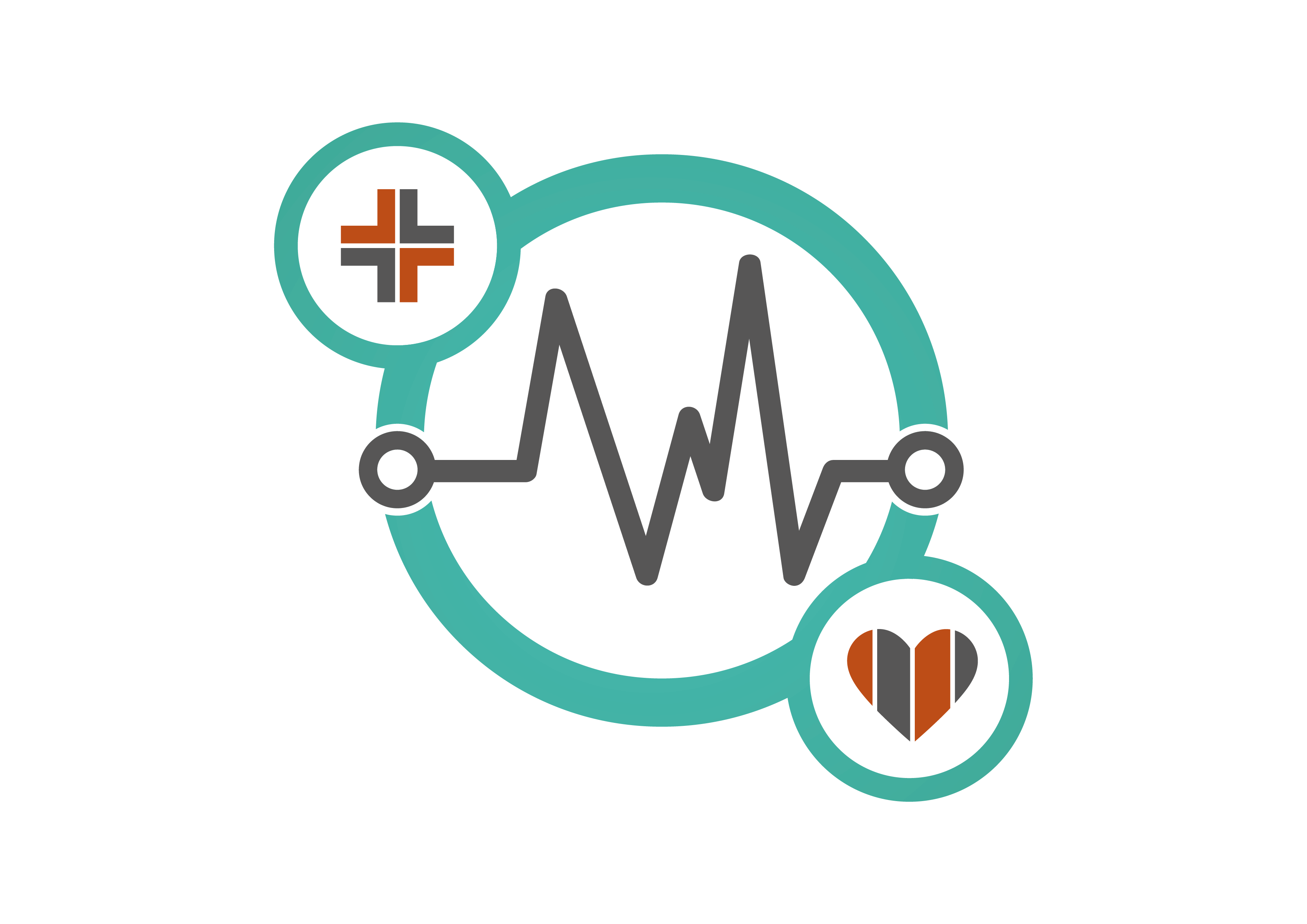Mark Hitchman, Managing Director of Canon Medical Systems UK, explains how healthcare data must be harnessed through specialist digital data and Artificial Intelligence (AI) acceleration initiatives to improve outcomes, tackle waiting lists and alleviate staff shortages.

It is estimated that hospitals produce 50 petabytes of data per year. That’s 50,000 terabytes or the equivalent of a billion tall filing cabinets of information such as text health records, CT or MRI scan images and laboratory results. This huge trove of digital health data holds exciting potential for the advancement of early disease detection, better patient outcomes and alleviating workforce issues.
By accessing information from healthcare institutions – deidentifying it so that personal information cannot be attributed to a specific person and processing it through safe AI research platforms – technical algorithms can be trained to innovate medical technology and change the way healthcare services are rolled out. This has benefits at the point of patient care, at a department level, and from a national health perspective.
This isn’t science fiction or visionary rhetoric. Partnerships between industry, academia, developers and healthcare institutions are now in place to bring the benefits of health AI to the masses.
Early disease detection improves outcomes
The earlier disease is identified, the quicker the patient can access a care pathway for treatment. With current backlogs and long waiting times for appointments, the first time a patient gets seen for diagnostic investigation, they rely heavily upon accurate first-time scanning with clear image acquisition. The expansion and development of existing frontline diagnostic systems with AI helps to ensure that the optimal image is taken first time for a quick and accurate patient prognosis.
This has been successfully achieved by training AI algorithms and incorporating advanced Deep Machine Learning reconstruction technologies into current imaging systems used daily. This reduces image noise and boosts signal to deliver sharp, clear and distinct clinical images at speed, first time.
Early diagnosis is also better for the overall health economy. For example, identifying small lesions, polyps or nodules early for cancer investigations through the use of AI-assisted diagnostic imaging means that resulting interventions are needed at a much lower unit cost. This can include keyhole or minimally invasive procedures that avoid more costly open surgery, anaesthesia, longer hospital stays and ongoing medication. This is better for the health economy and patient recovery.
By gathering data from millions of past clinical cases that have already been verified by experienced and knowledgeable clinicians, AI algorithms can be taught what to look out for.
Tech tools can alleviate burden on existing workforces
Workforces have been squeezed for many years by budget cuts, retirement rates and recruitment challenges. But by opting for diagnostic imaging that makes the most of the resources available, efficiencies can be gained, error rates reduced and workload capacity augmented.
Automated features are simple med-tech advancements that can help a radiographer with patient positioning, procedural consideration and accurate image acquisition. Automation also assists with radiology reporting tasks, first review triage or flagging scans of concern, worklist prioritisation and even diagnosis in routine work. This can help speed up treatment decision making, improving productivity and automatically reducing workload. At the same time, patient appointment times can be shortened to provide more slots during working hours to help battle the long waiting lists.
In emergency medicine, AI-assisted diagnostic tools can help with heavy workloads. For example, Auto Emergency has been designed to optimise treatment outcomes for A&E cases when speed and accuracy are crucial. This comprises stroke and chest pain modules that swiftly and automatically categorise images to detect signs of ischemic and haemorrhagic stroke in minutes or triage life-threatening acute chest pain for pulmonary embolism or aortic dissection.
Understand more accurately what is needed in proactive healthcare
Accelerating the capabilities of AI through analysing UK health data will also deliver huge benefits to patients when it comes to detecting health population problems early and, before symptoms present.
Screening programmes are hugely successful – it is noted that 10,000 lives a year are saved through prevention and early diagnosis[i]. So, imagine the potential quality of life that could be saved if more people were seen and targeted by understanding disease prevalence in more detail following data analysis by postcode or patient profile.
The power of unlocking data and using AI to identify normal scans quickly among large-scale screening cohorts would also greatly assist the human-power behind radiological reporting. It could speed up the delivery of results to patients and streamline entire initiatives to reach greater numbers of people, separating out inconclusive results to be traditionally reviewed by radiologists.
Our work in unlocking data is already being advanced through the Safe-Haven Artificial Intelligence Platform (SHAIP) collaborations with industry partners, leading universities and NHS Trusts in Scotland. This progress is to be expanded in 2023 with national scaling of the SHAIP initiative and more regional locations added across primary and secondary care including NHS hospital Trusts, Integrated Care Systems (ICS), Community Diagnostic Centres (CDCs) and independent healthcare service providers. This will build on the diversity of data already collected to ultimately build a truly representative picture of the UK health population.
It’s here, it’s real and it’s progressive. Data is the remedy to many ills in our healthcare system.


